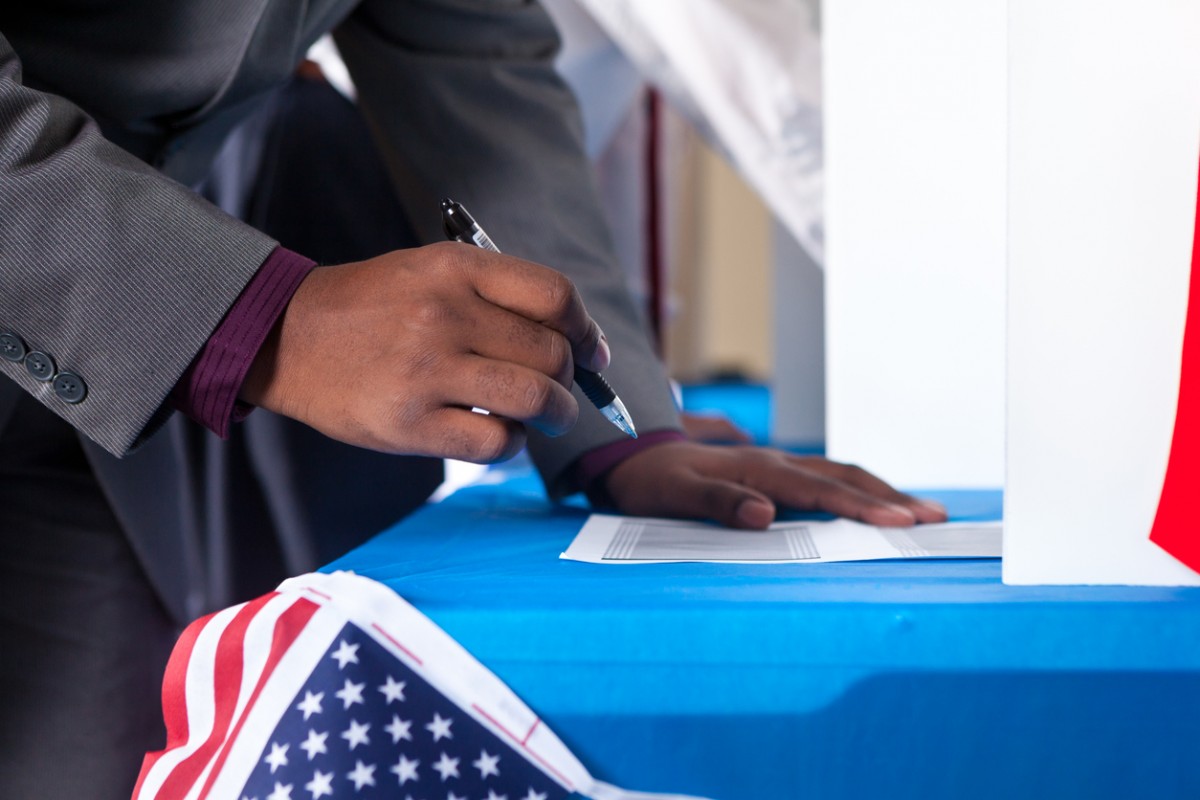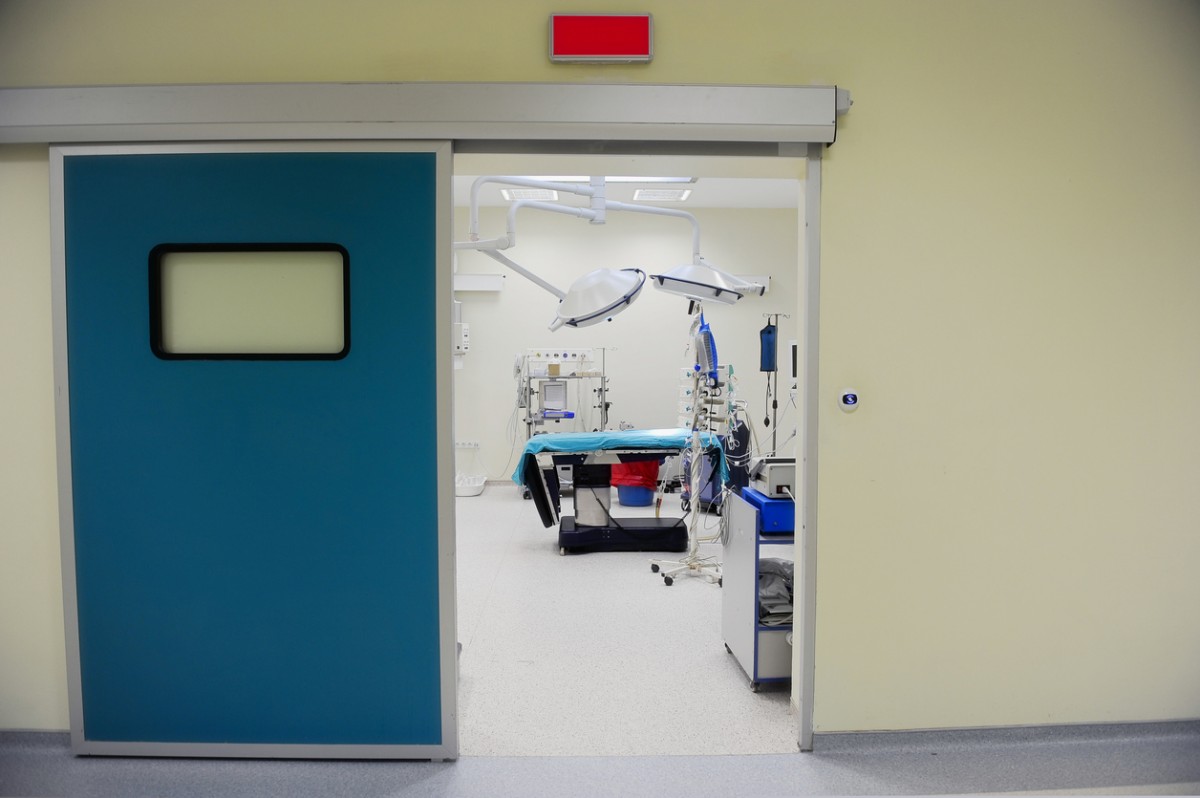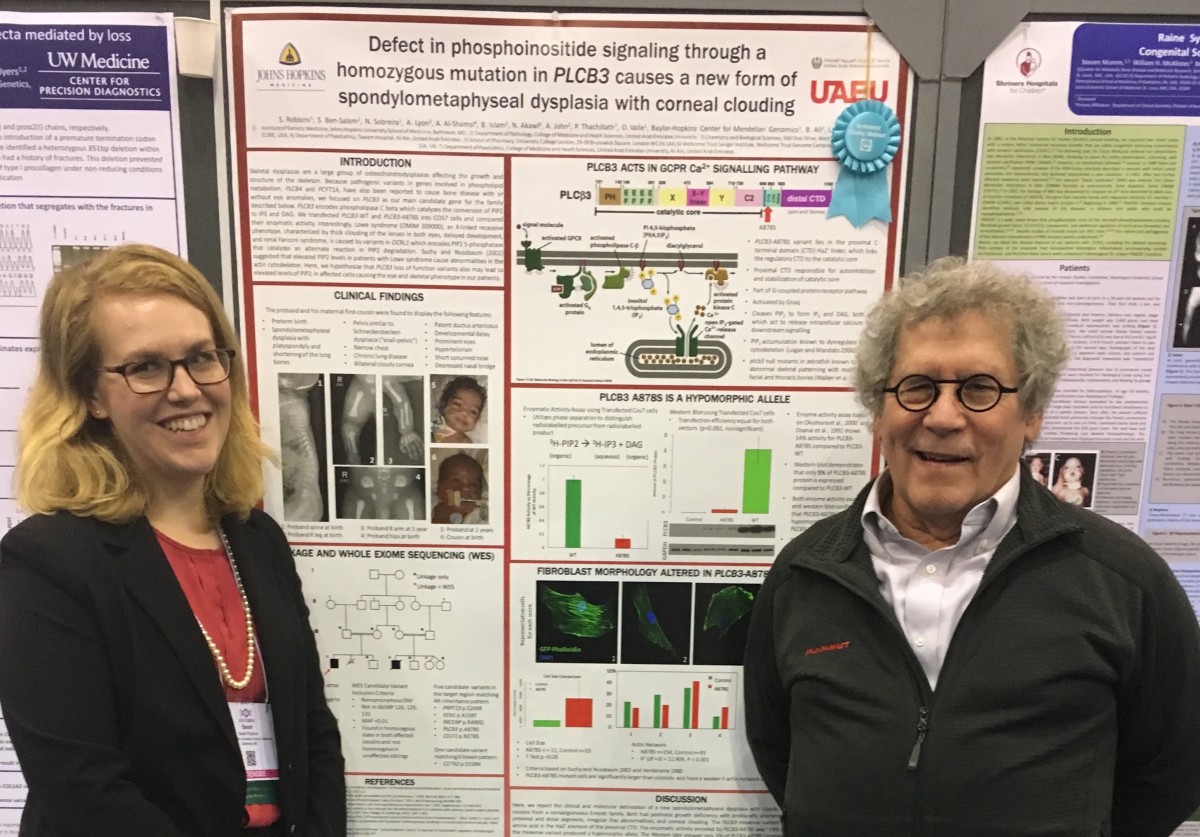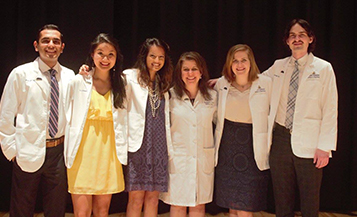Everyday Antibiotics May Reveal New Therapies to Treat Your Breast Cancer
New therapies to treat metastatic breast cancer may lie within one of the most commonly used agents in health care across the world: antibiotics. Sonal Chaudhari,… Read More »Everyday Antibiotics May Reveal New Therapies to Treat Your Breast Cancer









